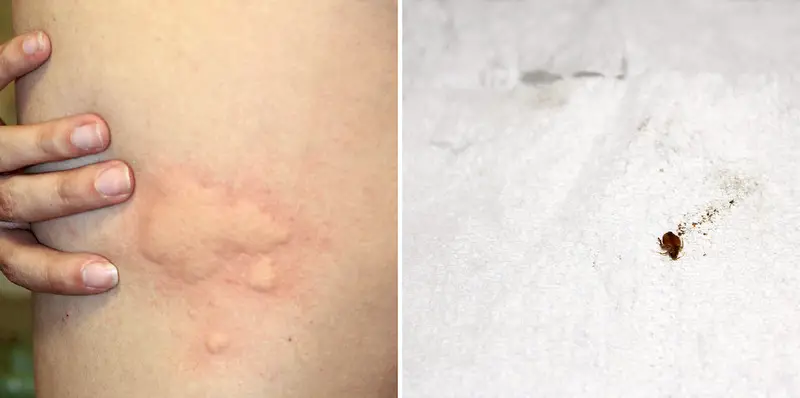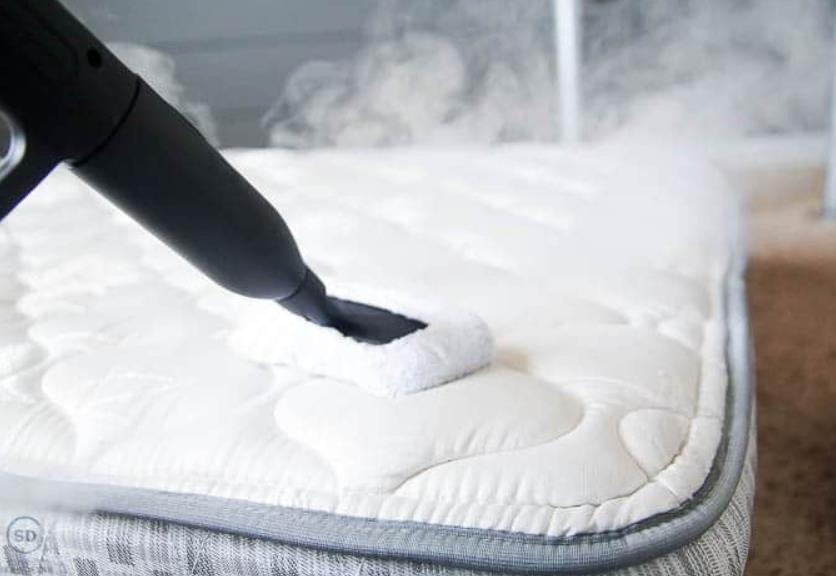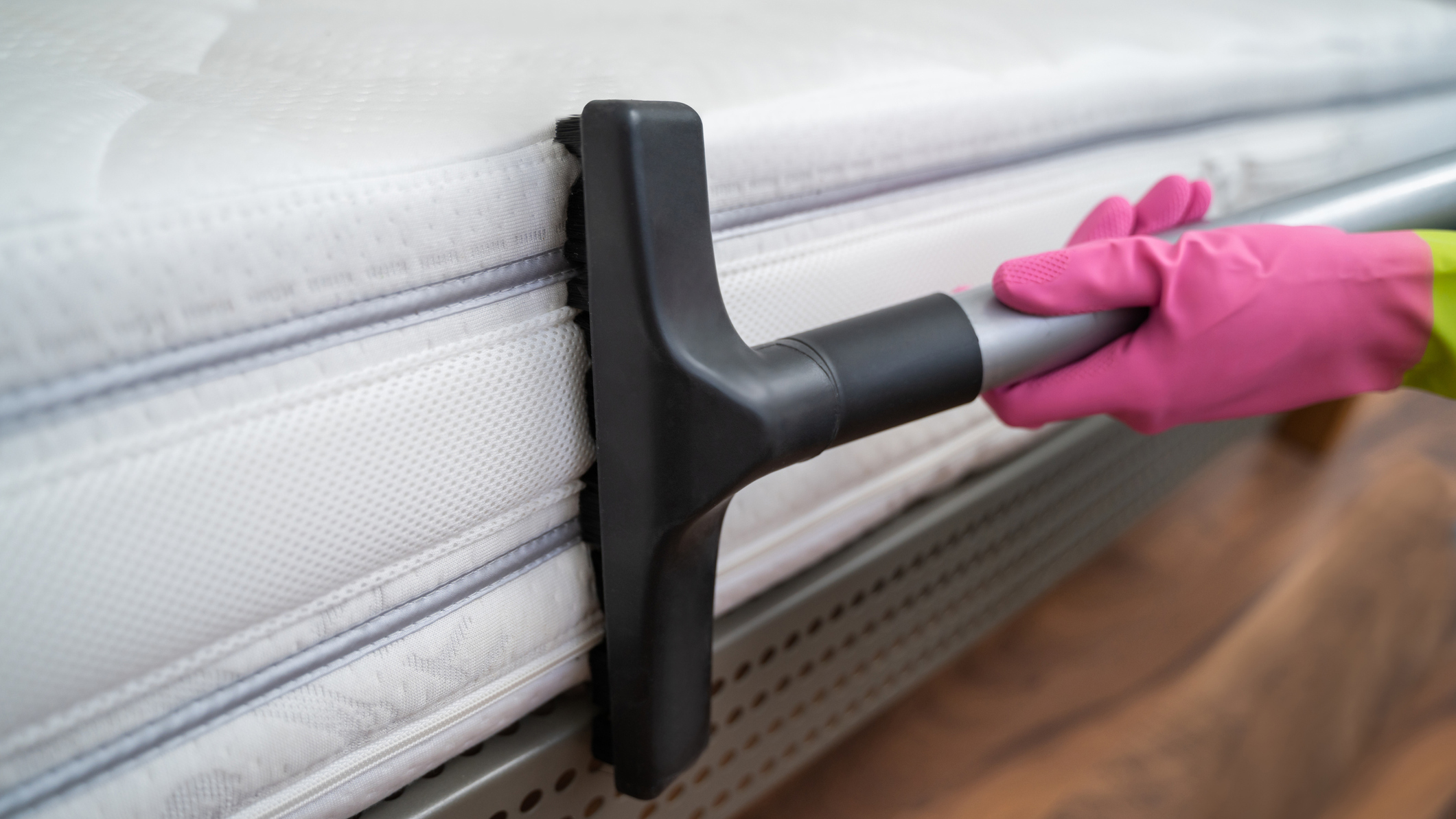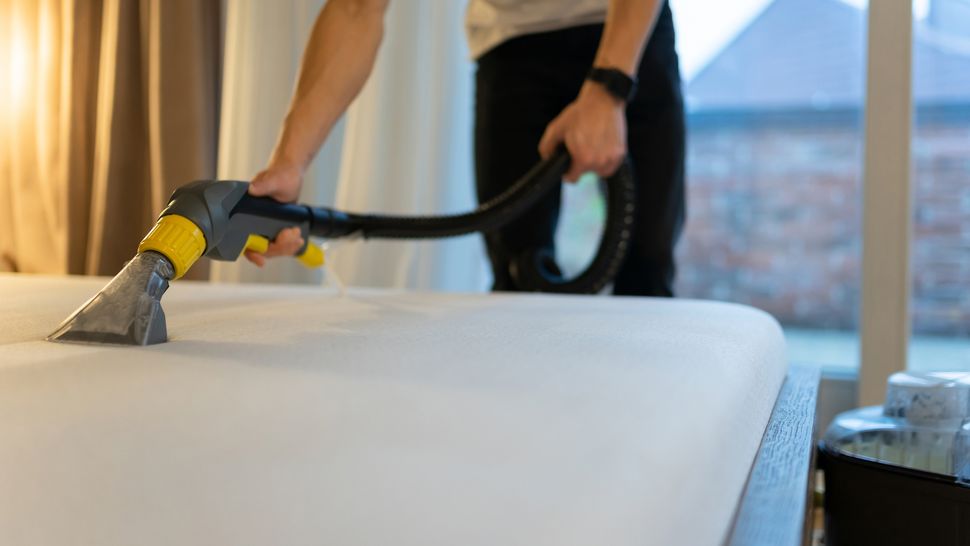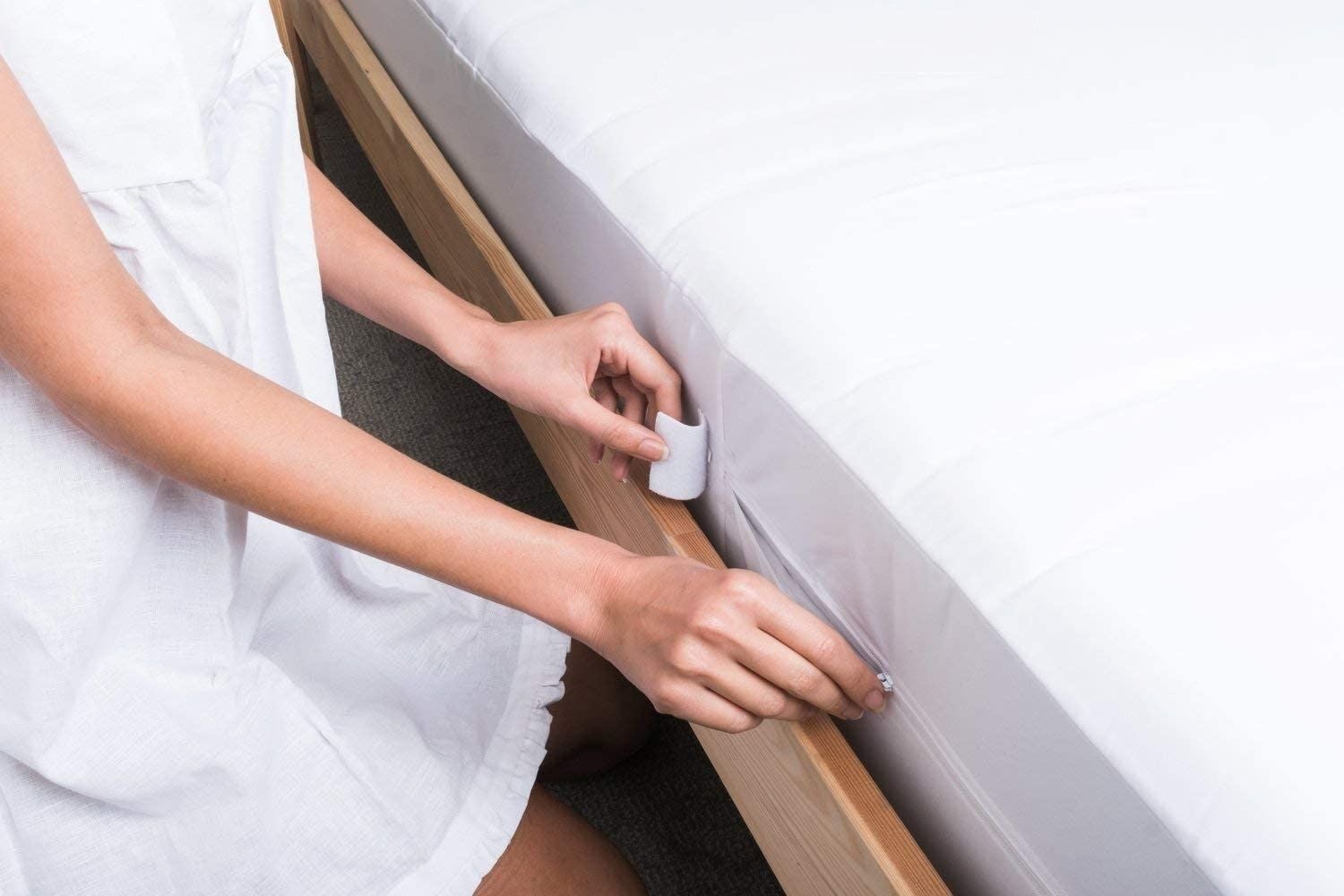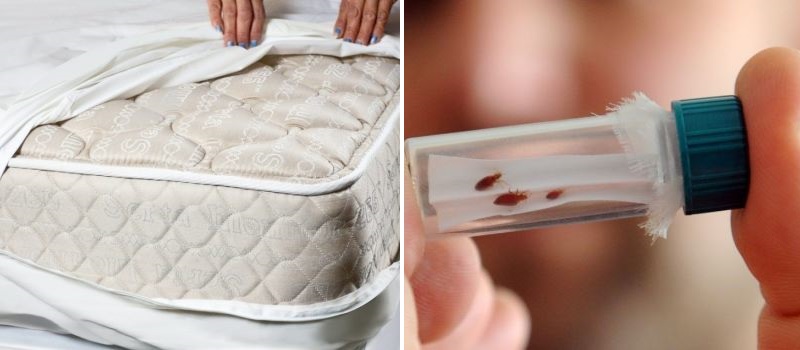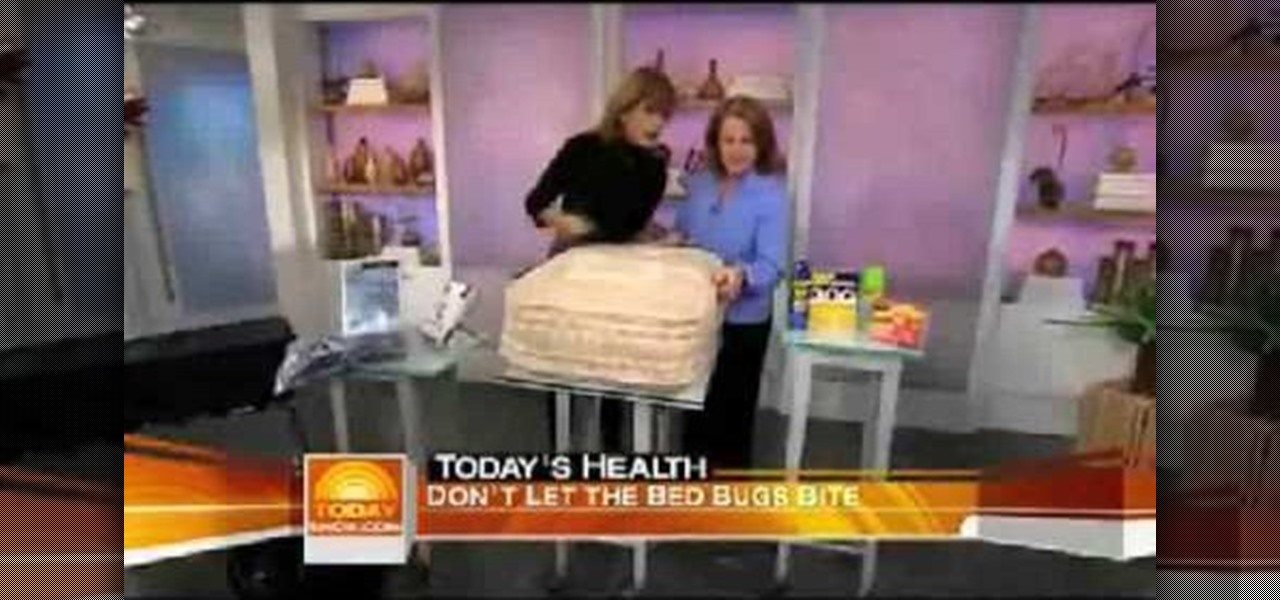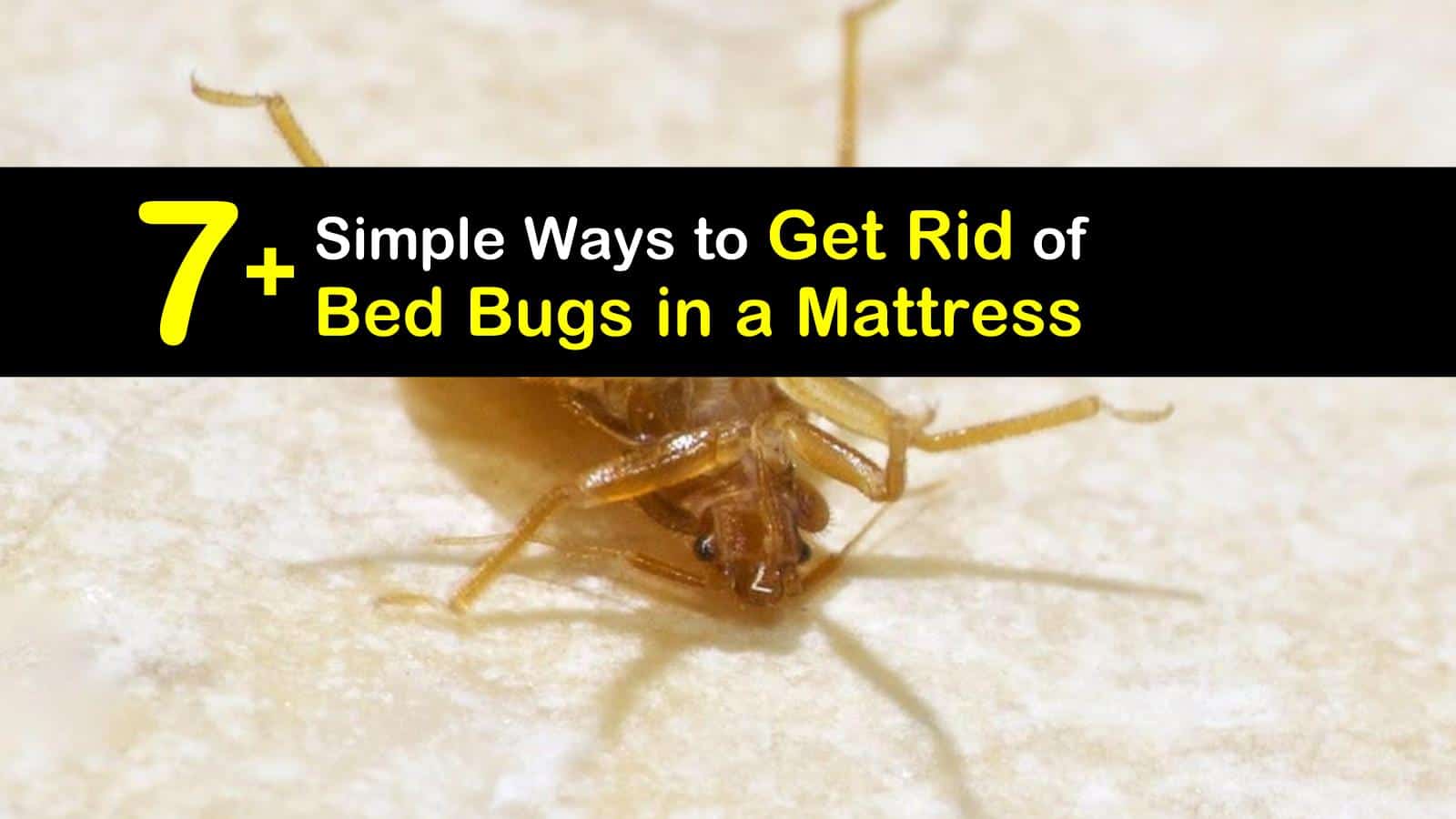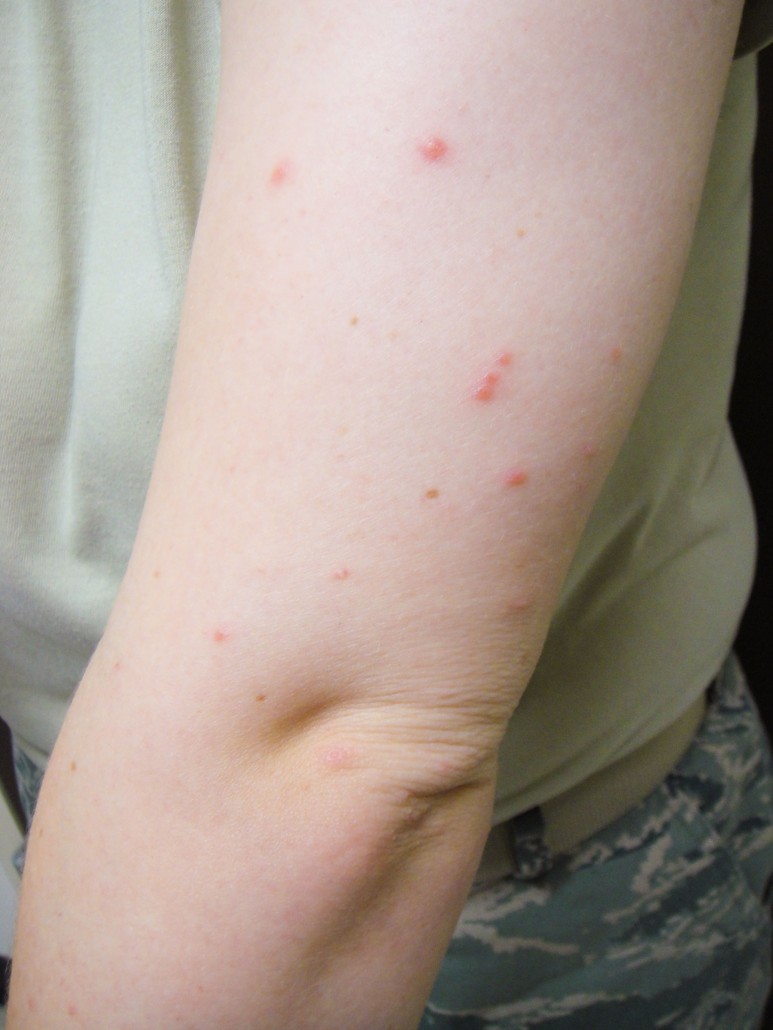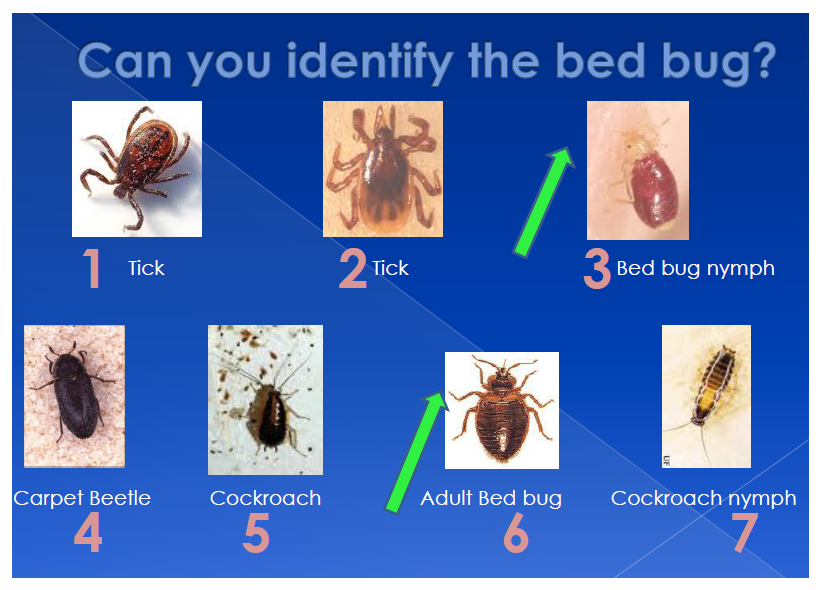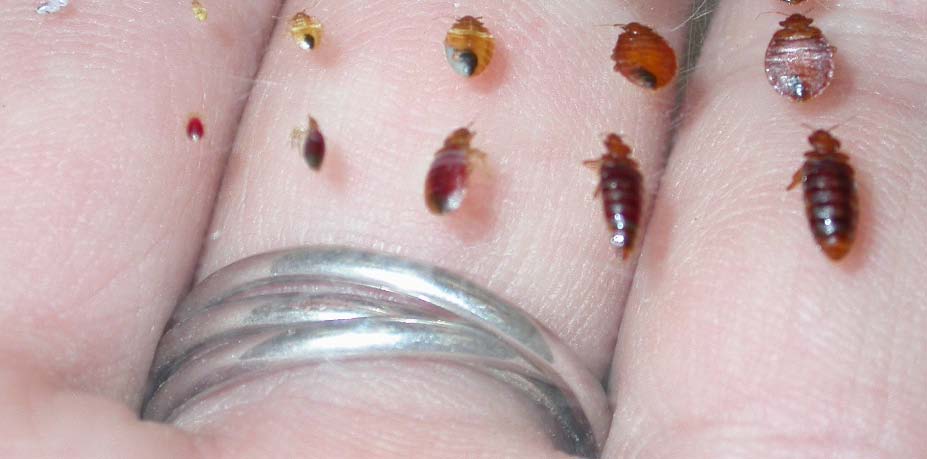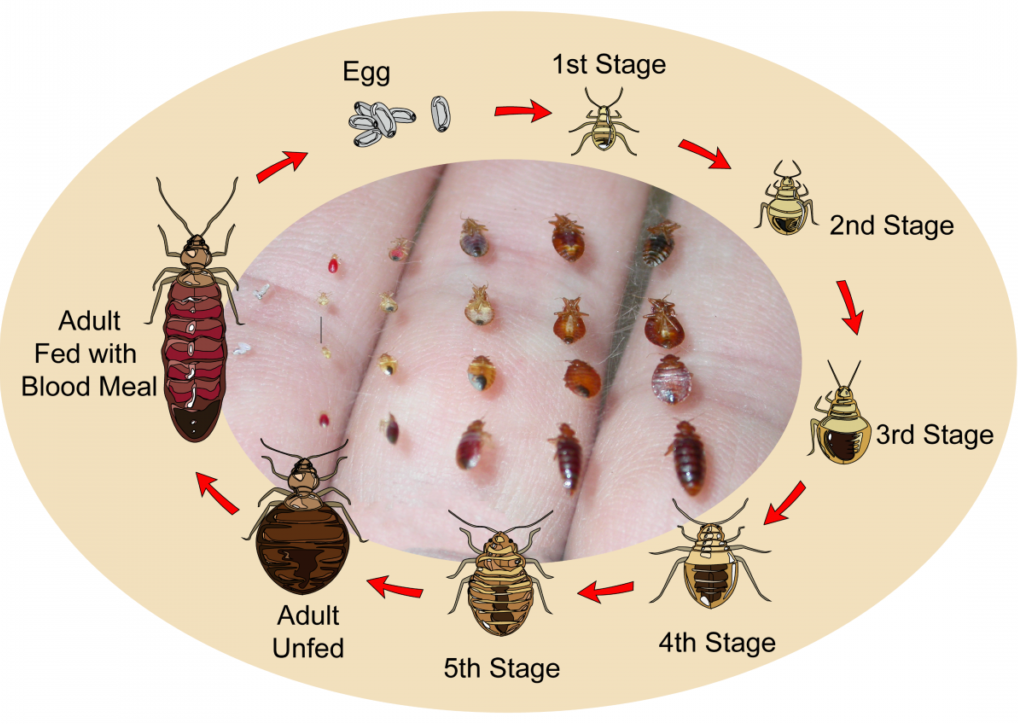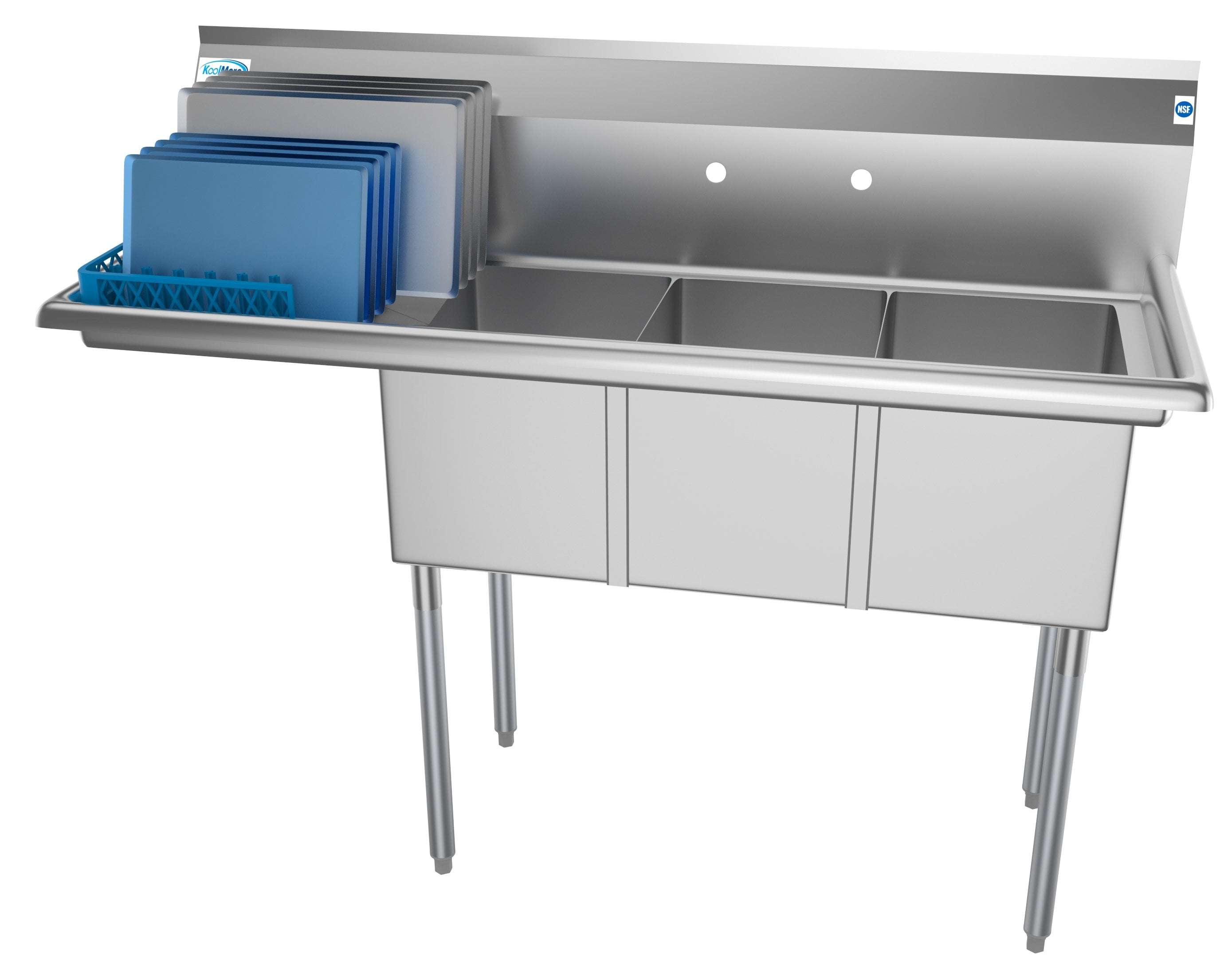Bed bugs are small, reddish-brown insects that can infest your mattress and cause discomfort and frustration. These pests are known for their ability to hide and reproduce quickly, making them difficult to get rid of. If you suspect that you have bed bugs in your mattress, it is important to act fast and take the necessary steps to eliminate them. Here's how to check for bed bugs in your mattress: Step 1: Start by removing all bedding, including sheets, pillowcases, and blankets. Place them in a plastic bag and seal it tightly to prevent any potential bed bugs from escaping. Step 2: Use a flashlight to inspect your mattress thoroughly. Look for small, dark spots that resemble pepper or clusters of tiny white eggs. These are signs of bed bug activity. Step 3: Check the seams and crevices of your mattress, as these are common hiding spots for bed bugs. Use a credit card or thin object to scrape along the seams and see if any bugs or eggs are dislodged. Step 4: If you have a box spring, check it for signs of bed bugs as well. They can hide in the fabric or wood frame of the box spring. Step 5: Inspect your bed frame, headboard, and any other furniture near your bed. Bed bugs can easily move from one piece of furniture to another, so it's important to check all potential hiding spots. Step 6: If you find any signs of bed bugs, it is crucial to take action immediately. Do not sleep on the infested mattress and call a professional exterminator for assistance.How to Check for Bed Bugs in Your Mattress
Once you have confirmed that you have bed bugs in your mattress, it's time to take action and get rid of them. Here are some steps to follow: Step 1: The first and most important step is to hire a professional exterminator. Bed bugs are difficult to eliminate on your own, and a trained professional will have the necessary tools and expertise to get rid of them. Step 2: Wash all bedding and clothing in hot water and dry on high heat. This will kill any bed bugs and their eggs that may be hiding in your linens. Step 3: Vacuum your mattress and box spring thoroughly, paying special attention to the seams and crevices. Dispose of the vacuum bag outside of your home immediately after use. Step 4: If your mattress is badly infested, it may need to be discarded. Consult with your exterminator for their recommendation and follow their advice. Step 5: Consider investing in a mattress encasement, which is a specially designed cover that can prevent bed bugs from infesting your mattress in the future.How to Get Rid of Bed Bugs in Your Mattress
Knowing the signs of bed bugs in your mattress can help you catch an infestation early and take action before it becomes a bigger problem. Here are some common signs of bed bugs in your mattress: 1. Small, dark spots: These spots are typically fecal matter left behind by bed bugs and can be found on your mattress or bedding. 2. Blood stains: If you wake up with unexplained blood stains on your sheets, it could be a sign of bed bug bites. 3. Shed skins: Bed bugs shed their skin as they grow, and these discarded skins can often be found on your mattress or bedding. 4. Unpleasant odor: Bed bugs release a musty, sweet odor that can be detected in severe infestations. 5. Live bed bugs: If you see any small, reddish-brown insects crawling on your mattress, you likely have a bed bug infestation.Signs of Bed Bugs in Your Mattress
Bed bugs are notorious for their ability to hide and survive in various environments, including your mattress. These pests are attracted to the warmth and carbon dioxide that humans emit, making your bed the perfect place for them to thrive. They can also live in other areas of your bedroom, such as cracks in the walls or furniture, but the mattress is their preferred hiding spot.Can Bed Bugs Live in Your Mattress?
The best way to deal with bed bugs in your mattress is to prevent them from infesting it in the first place. Here are some tips to help you prevent bed bugs in your mattress: 1. Inspect secondhand furniture: If you are bringing home any used furniture, be sure to thoroughly inspect it for signs of bed bugs before bringing it inside. 2. Use protective covers: Investing in mattress encasements and pillow protectors can prevent bed bugs from infesting your bedding. 3. Keep your bedroom clean: Regularly vacuum and declutter your bedroom to minimize potential hiding spots for bed bugs. 4. Be cautious while traveling: When staying in a hotel or other lodging, inspect the mattress for signs of bed bugs before settling in.How to Prevent Bed Bugs in Your Mattress
Finding bed bugs in your mattress can be a stressful and overwhelming experience. Here's what you should do if you discover a bed bug infestation: 1. Contact a professional: As mentioned earlier, hiring a professional exterminator is the best course of action for eliminating bed bugs from your mattress. 2. Wash and dry all bedding: As a precaution, wash all bedding and dry on high heat to kill any bed bugs and their eggs. 3. Vacuum and declutter: Vacuum your bedroom thoroughly and declutter any potential hiding spots for bed bugs. 4. Consider discarding your mattress: If the infestation is severe, your exterminator may recommend disposing of your mattress to prevent further spread of bed bugs.What to Do if You Find Bed Bugs in Your Mattress
The most effective treatment for bed bugs in your mattress is a combination of professional extermination and DIY measures. Here's how to treat bed bugs in your mattress: Step 1: Contact a professional exterminator to assess the severity of the infestation and develop a treatment plan. Step 2: Follow the advice of the exterminator, which may include discarding your mattress, using pesticides, or utilizing heat treatment. Step 3: In addition to professional treatment, you can also use DIY methods such as steam cleaning, diatomaceous earth, and essential oils to help eliminate bed bugs.How to Treat Bed Bugs in Your Mattress
After successfully getting rid of bed bugs in your mattress, it's important to thoroughly clean and sanitize it to prevent future infestations. Here's how to clean your mattress after a bed bug infestation: Step 1: Vacuum your mattress thoroughly, paying special attention to seams and crevices. Step 2: Use a steam cleaner to deep clean your mattress and kill any remaining bed bugs or eggs. Step 3: Wipe down your mattress with a mixture of water and vinegar to eliminate any lingering odors. Step 4: Allow your mattress to dry completely before covering it with a mattress encasement.How to Clean Your Mattress After Bed Bug Infestation
Prevention is key when it comes to protecting your mattress from bed bugs. Here are some tips to help you keep your mattress bed bug-free: 1. Use mattress encasements: As mentioned earlier, investing in a mattress encasement can prevent bed bugs from infesting your mattress. 2. Avoid buying used furniture: If you must buy secondhand furniture, be sure to thoroughly inspect it for signs of bed bugs before bringing it into your home. 3. Keep your bedroom clean and clutter-free: Regularly vacuum and declutter your bedroom to minimize potential hiding spots for bed bugs.How to Protect Your Mattress from Bed Bugs
If you're not sure whether you have bed bugs in your mattress, here are some tips to help you identify them: 1. Check for signs: Look for small, dark spots, blood stains, shed skins, and an unpleasant odor on your mattress. 2. Use a flashlight: Use a flashlight to inspect your mattress and look for signs of bed bugs in the seams and crevices. 3. Monitor for bites: If you wake up with unexplained bites or rashes on your body, it could be a sign of bed bugs in your mattress. 4. Call a professional: If you're still unsure, it's best to consult with a professional exterminator for an accurate identification. In conclusion, bed bugs can infest your mattress and cause discomfort and frustration. However, with the right knowledge and steps, you can effectively check for, get rid of, and prevent bed bugs in your mattress. Remember to act quickly and seek professional help if needed, and always be vigilant in keeping your mattress and bedroom clean to avoid future infestations.How to Identify Bed Bugs in Your Mattress
The Risks of Bed Bugs in Your Mattresses

Understanding the Problem
 When it comes to home design, one of the most important factors to consider is the comfort of your living space. And a big part of that comfort is having a clean and safe place to sleep. Unfortunately, bed bugs are a common problem that can quickly turn your cozy bedroom into a nightmare.
Bed bugs are small, reddish-brown insects that feed on human blood. They are typically found in mattresses, box springs, and other areas where people sleep. These pests are not only a nuisance, but they can also pose serious health risks.
According to the Centers for Disease Control and Prevention (CDC), bed bugs do not transmit diseases, but their bites can cause skin irritation and allergic reactions.
When it comes to home design, one of the most important factors to consider is the comfort of your living space. And a big part of that comfort is having a clean and safe place to sleep. Unfortunately, bed bugs are a common problem that can quickly turn your cozy bedroom into a nightmare.
Bed bugs are small, reddish-brown insects that feed on human blood. They are typically found in mattresses, box springs, and other areas where people sleep. These pests are not only a nuisance, but they can also pose serious health risks.
According to the Centers for Disease Control and Prevention (CDC), bed bugs do not transmit diseases, but their bites can cause skin irritation and allergic reactions.
The Risks of Infestation
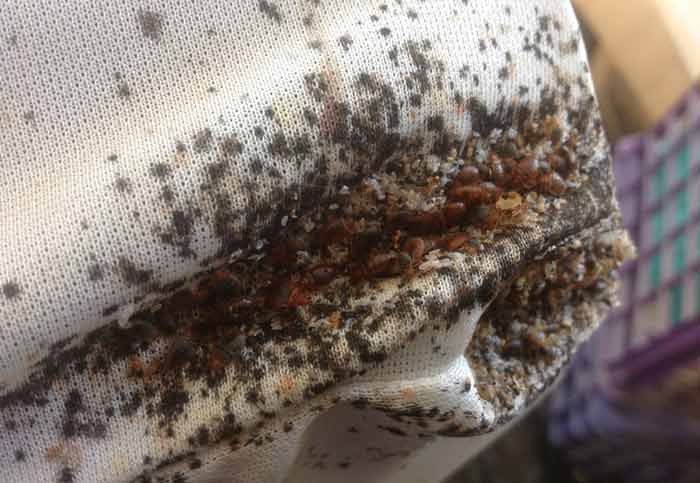 Bed bugs are notorious for their ability to spread quickly and easily. They can easily hitch a ride on your clothes, luggage, or even your pets, making it easy for them to infest your home. Once they have made themselves at home in your mattresses, they can quickly spread to other areas of your house, such as furniture and clothing.
If left untreated, a bed bug infestation can become a serious problem. These pests are known to reproduce rapidly, with a single female laying up to 500 eggs in her lifetime. This means that a small infestation can quickly turn into a large one, making it even more difficult to get rid of.
Not to mention, the longer you wait to address the issue, the more expensive and time-consuming it will be to eliminate them.
Bed bugs are notorious for their ability to spread quickly and easily. They can easily hitch a ride on your clothes, luggage, or even your pets, making it easy for them to infest your home. Once they have made themselves at home in your mattresses, they can quickly spread to other areas of your house, such as furniture and clothing.
If left untreated, a bed bug infestation can become a serious problem. These pests are known to reproduce rapidly, with a single female laying up to 500 eggs in her lifetime. This means that a small infestation can quickly turn into a large one, making it even more difficult to get rid of.
Not to mention, the longer you wait to address the issue, the more expensive and time-consuming it will be to eliminate them.
The Importance of Prevention
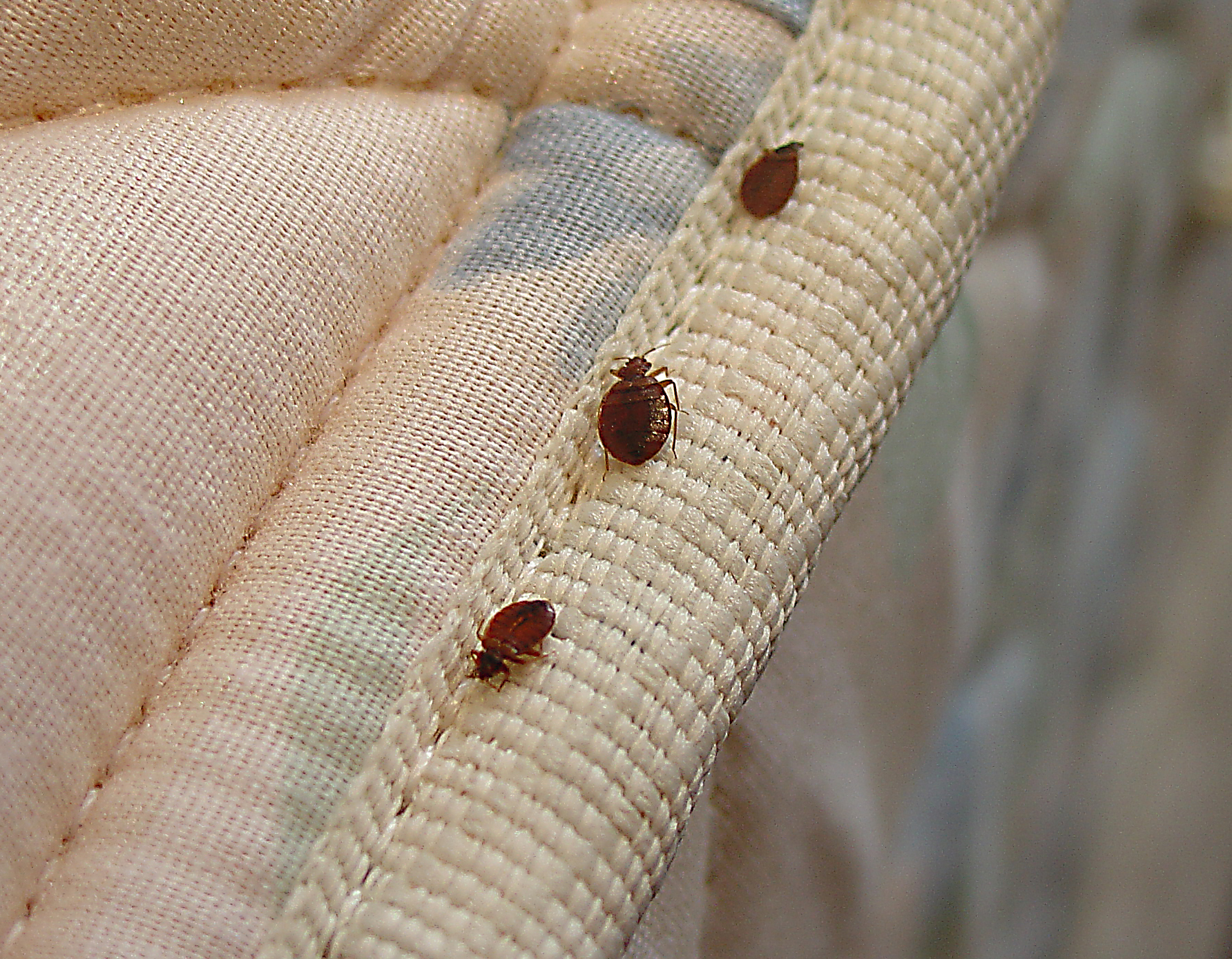 The saying "prevention is better than cure" applies perfectly to bed bugs. The best way to deal with these pests is to prevent them from infesting your home in the first place. This means taking proactive measures such as regularly inspecting your mattresses and bedding for signs of bed bugs,
using protective covers on your mattresses and box springs, and avoiding bringing used furniture or clothing into your home without proper inspection.
The saying "prevention is better than cure" applies perfectly to bed bugs. The best way to deal with these pests is to prevent them from infesting your home in the first place. This means taking proactive measures such as regularly inspecting your mattresses and bedding for signs of bed bugs,
using protective covers on your mattresses and box springs, and avoiding bringing used furniture or clothing into your home without proper inspection.
Conclusion
 In conclusion, while bed bugs may seem like a small problem, they can quickly become a big headache if left unchecked.
It is essential to be vigilant and take necessary precautions to prevent them from infesting your mattresses and home.
By being aware of the risks and taking proactive measures, you can ensure a comfortable and safe living space for you and your family.
In conclusion, while bed bugs may seem like a small problem, they can quickly become a big headache if left unchecked.
It is essential to be vigilant and take necessary precautions to prevent them from infesting your mattresses and home.
By being aware of the risks and taking proactive measures, you can ensure a comfortable and safe living space for you and your family.


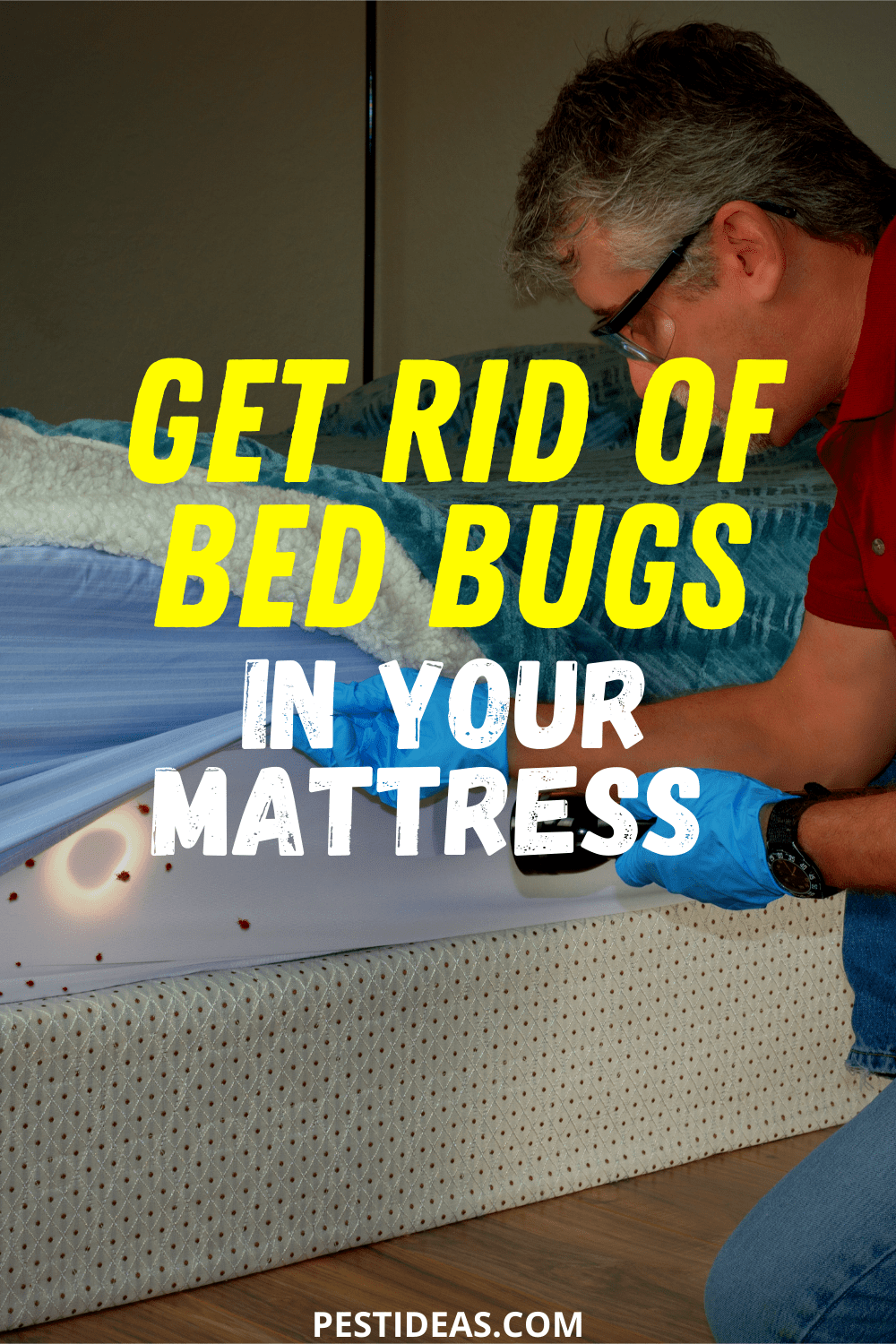










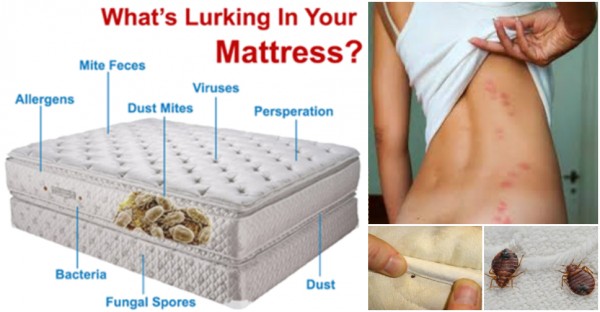

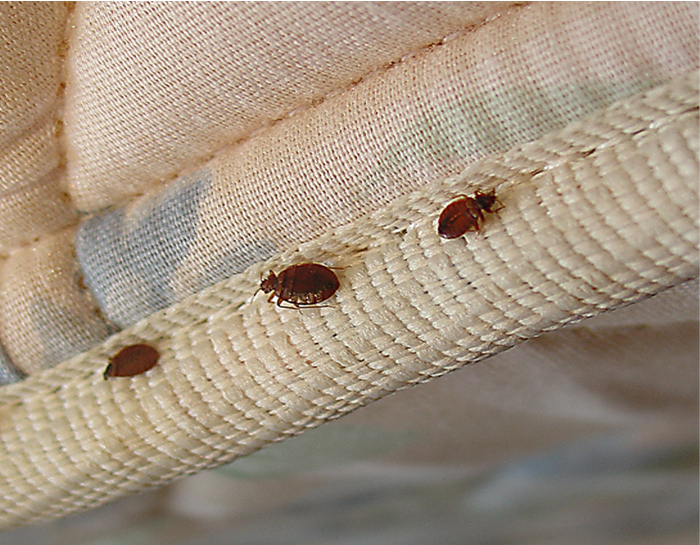







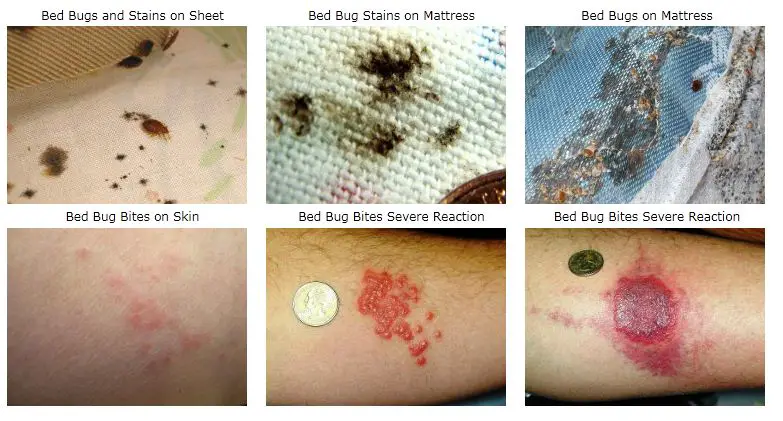

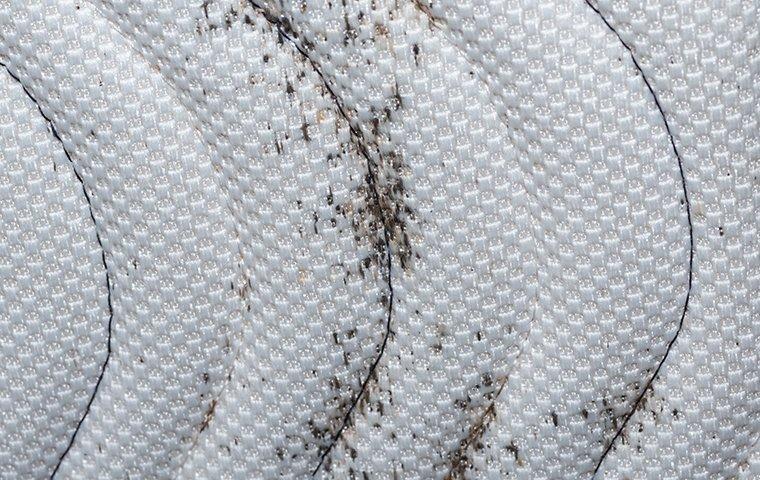


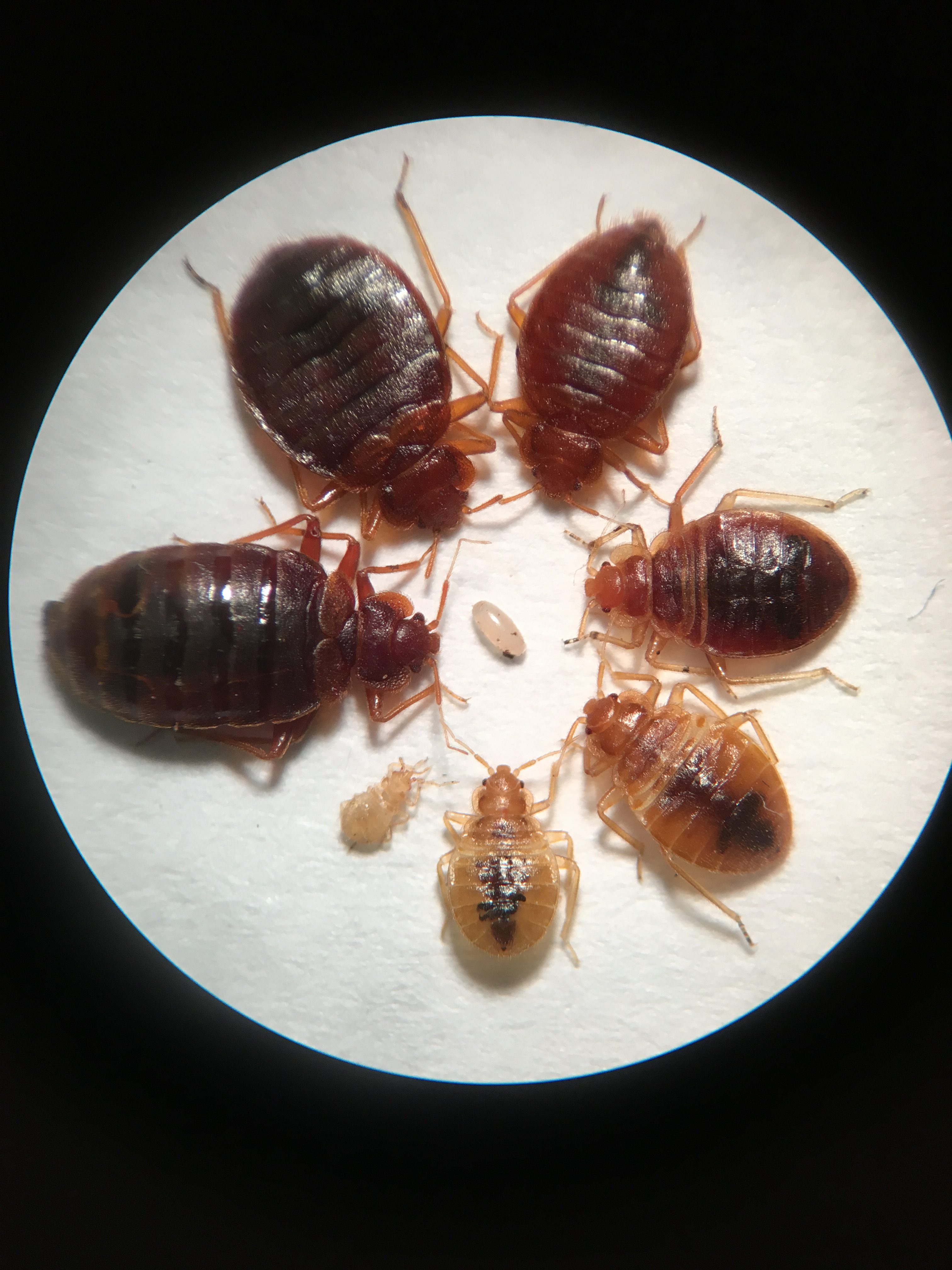
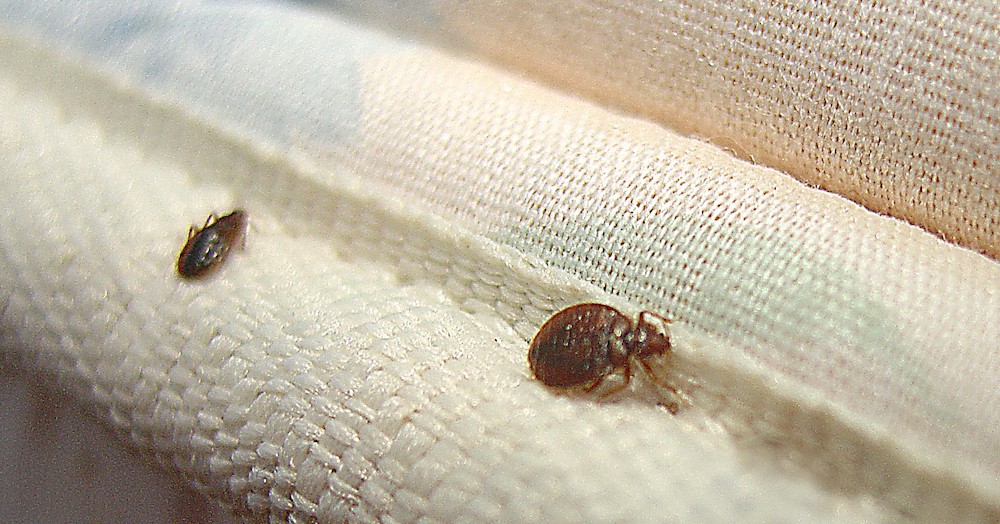
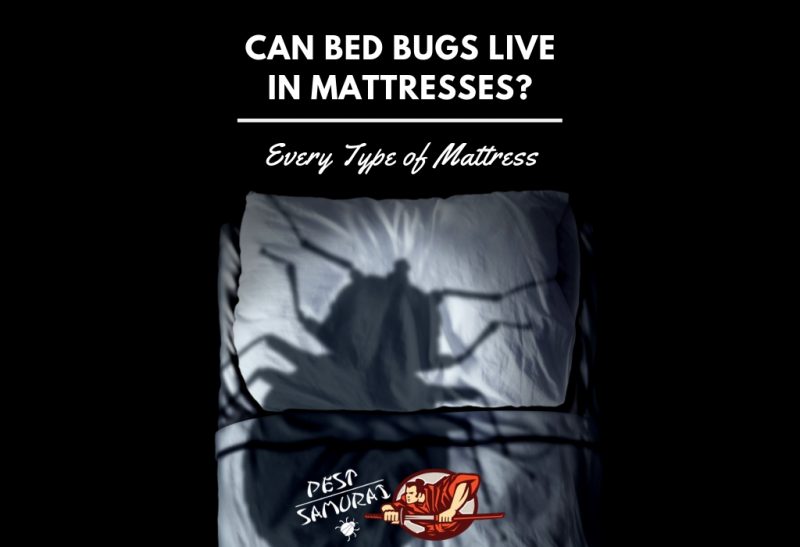

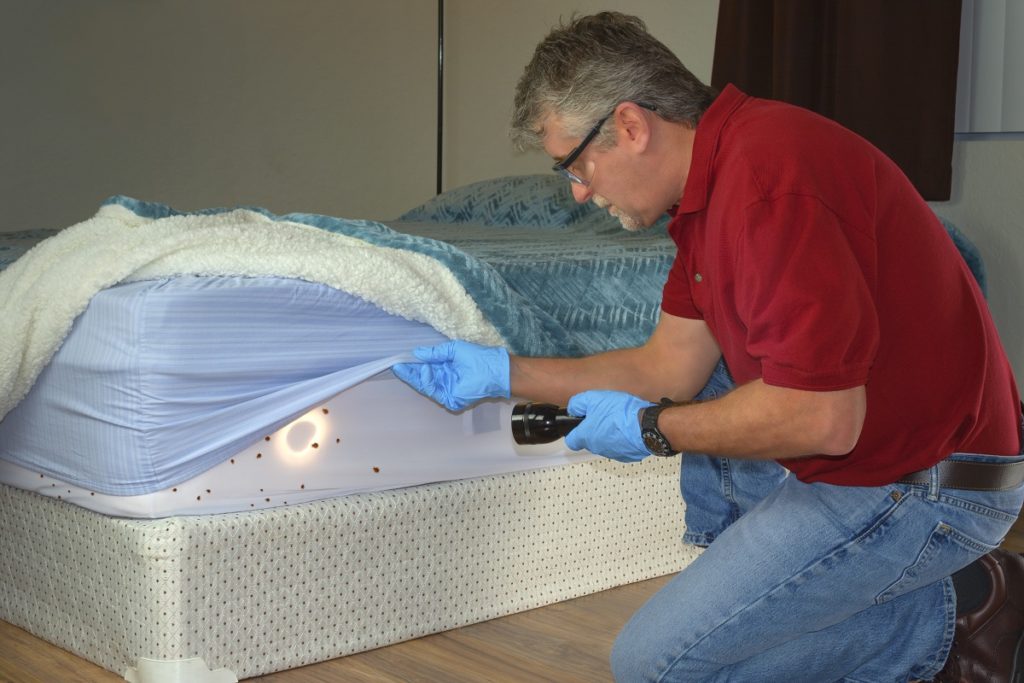
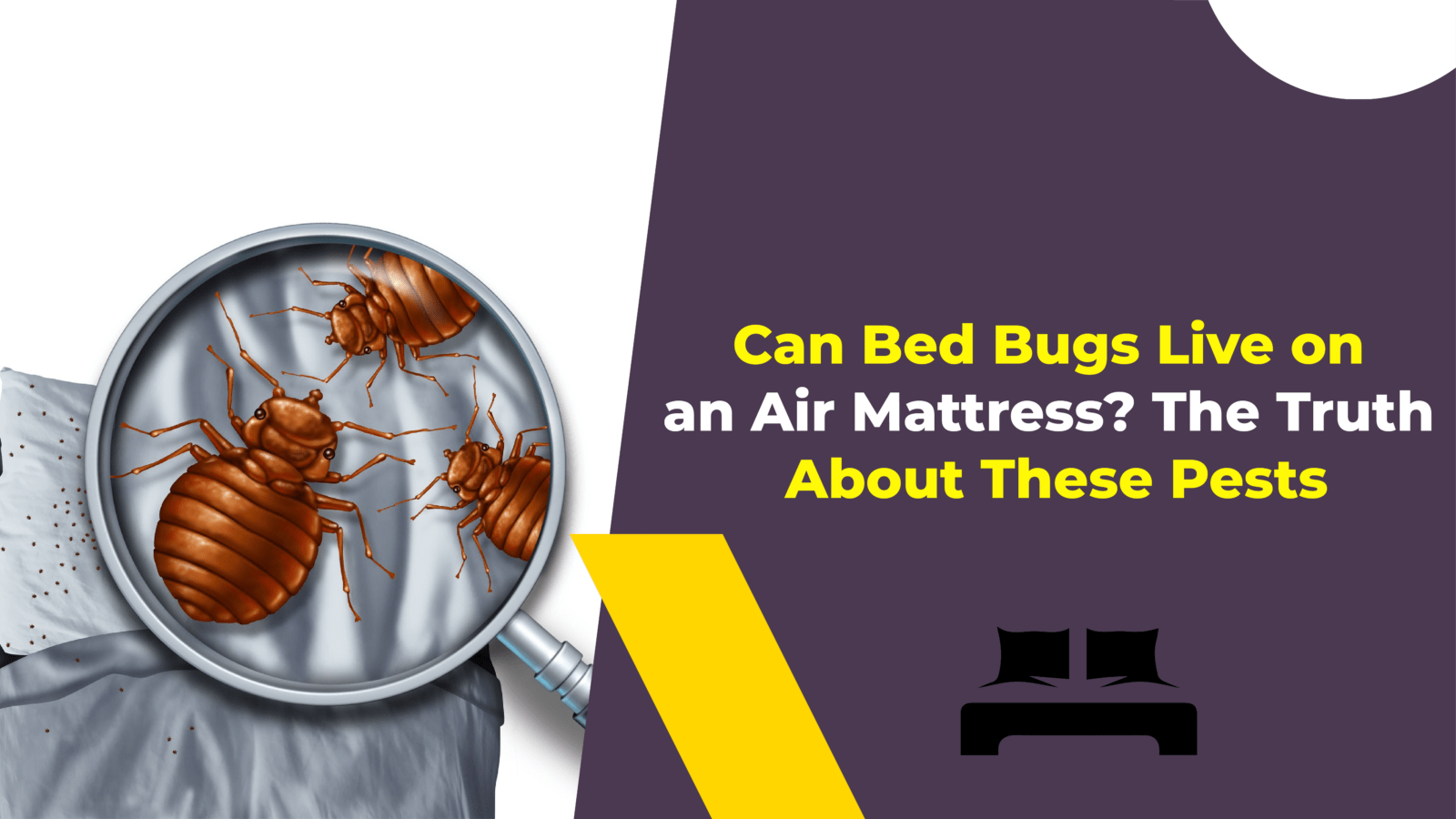
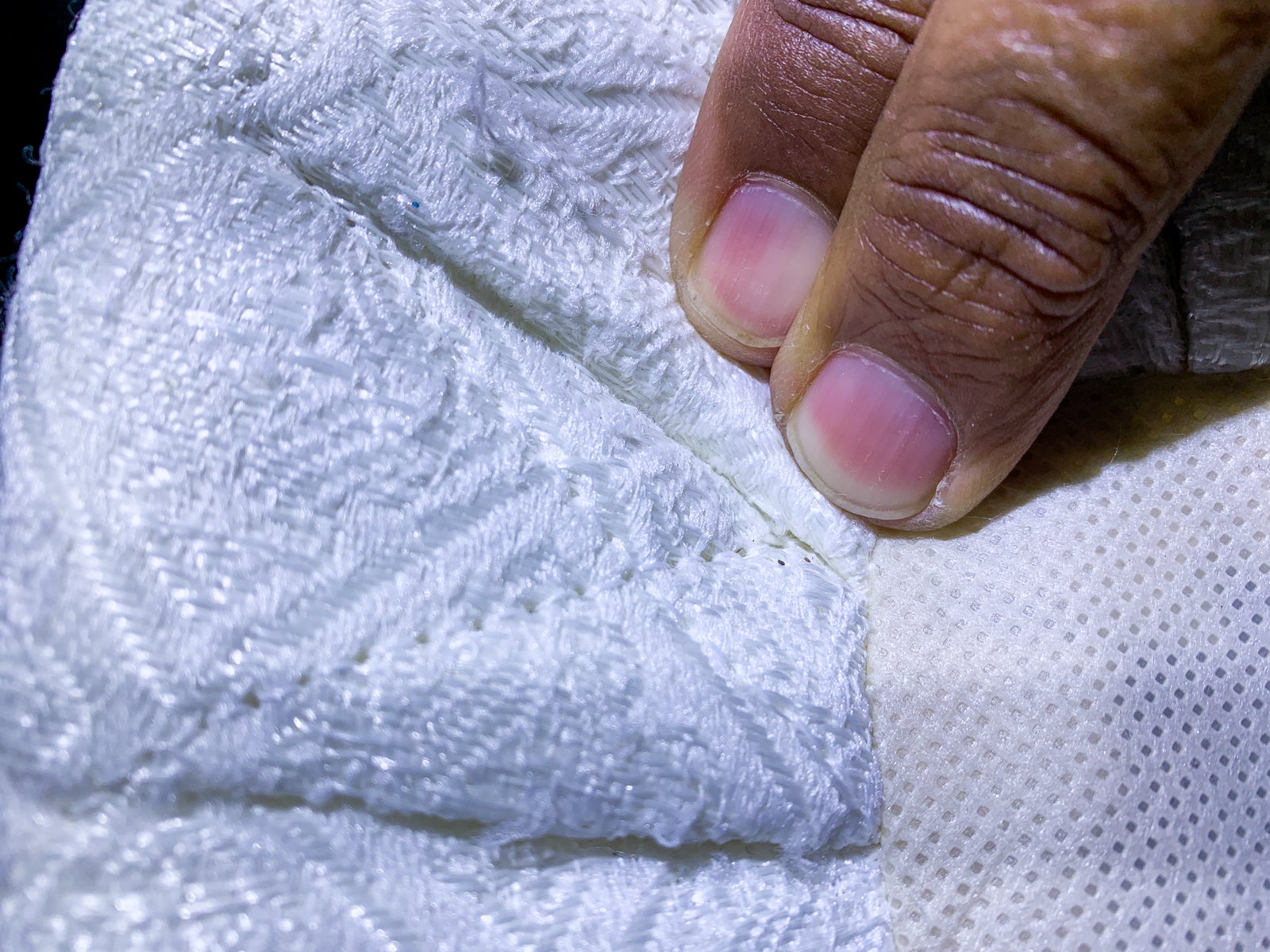




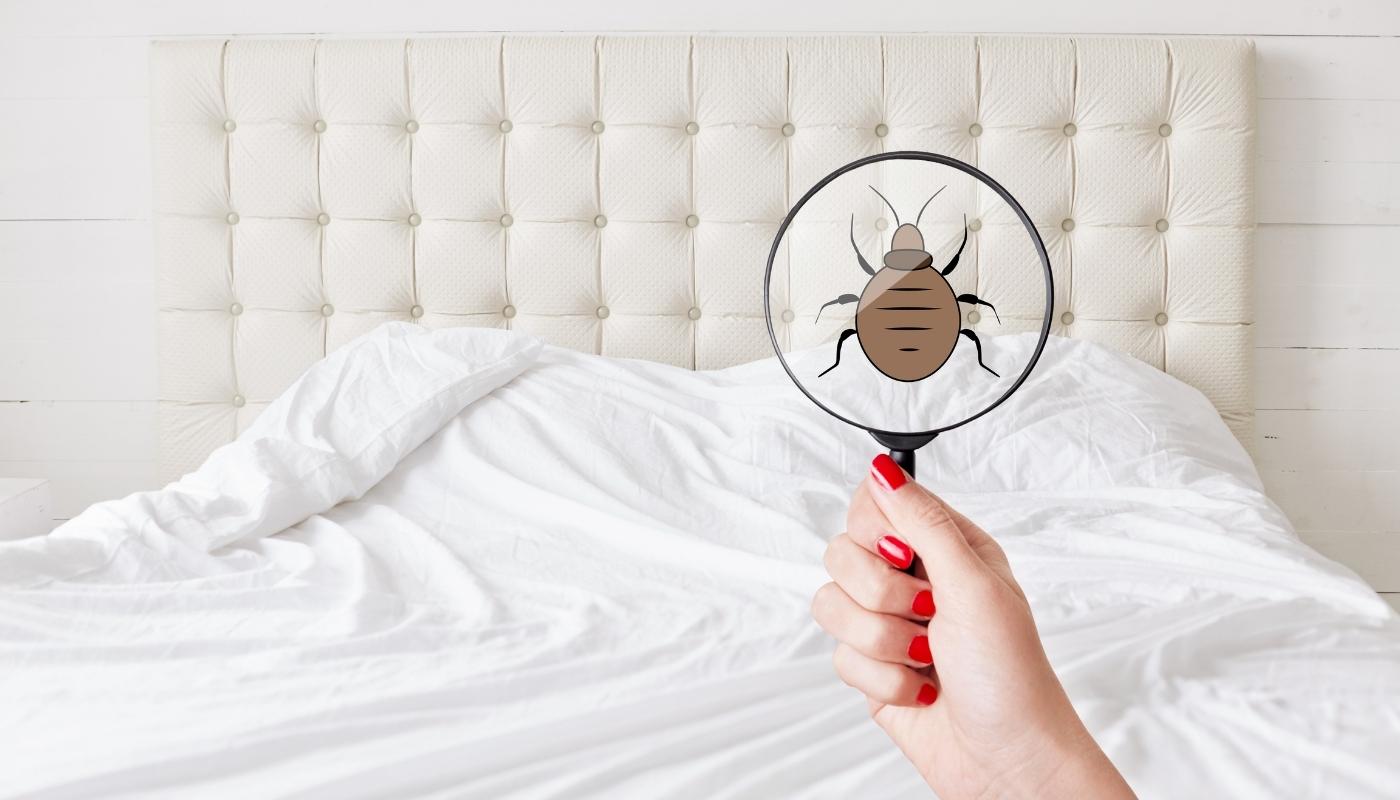




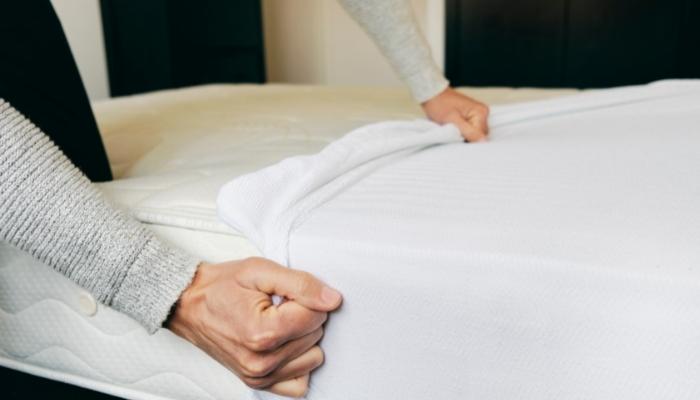
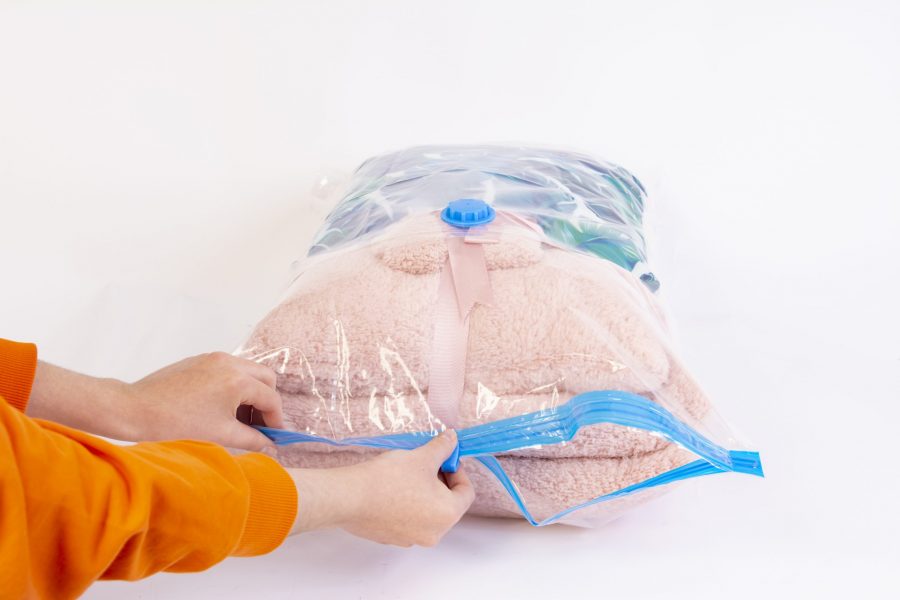



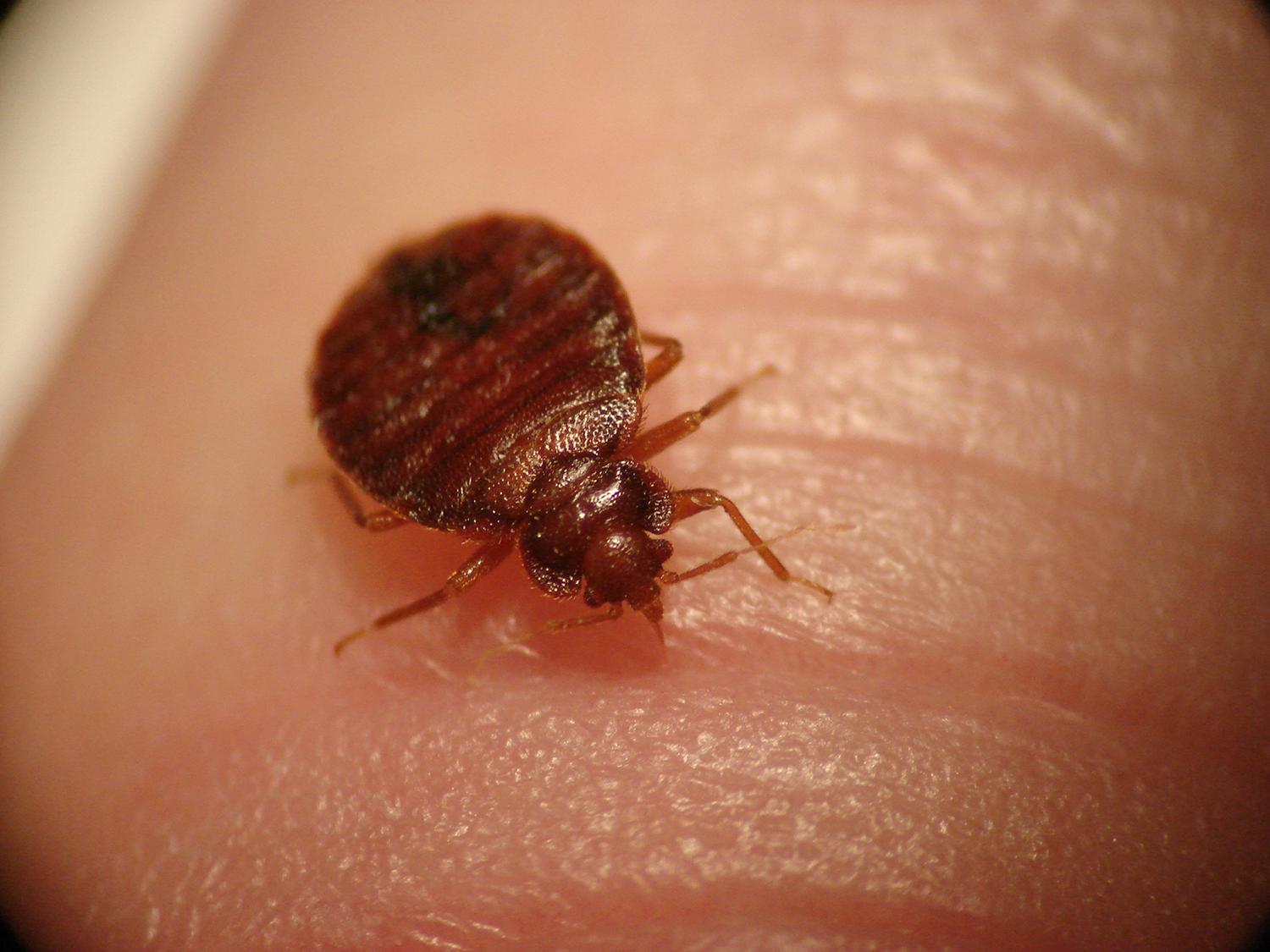


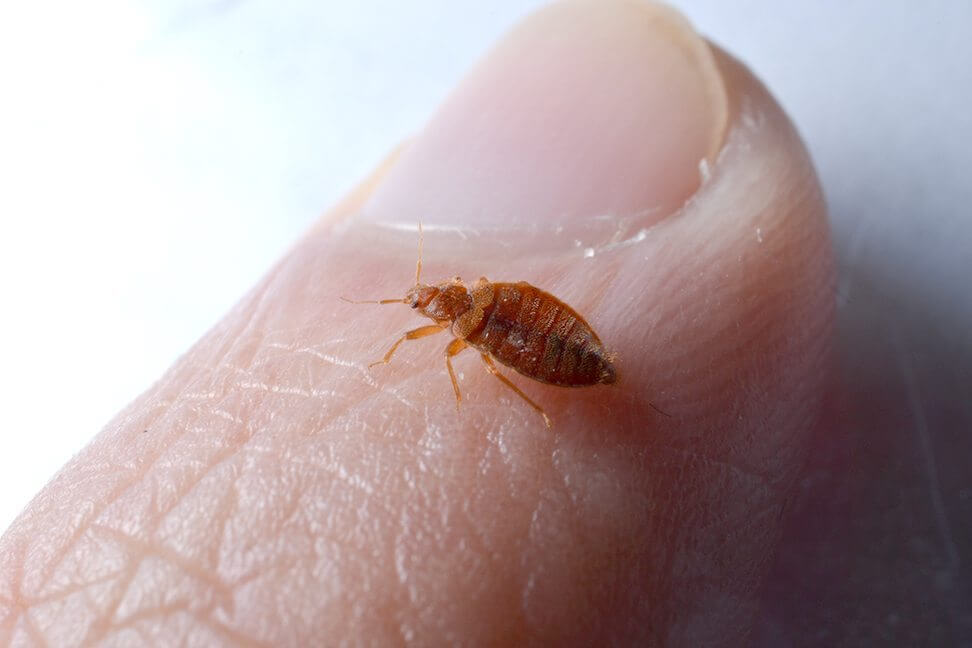

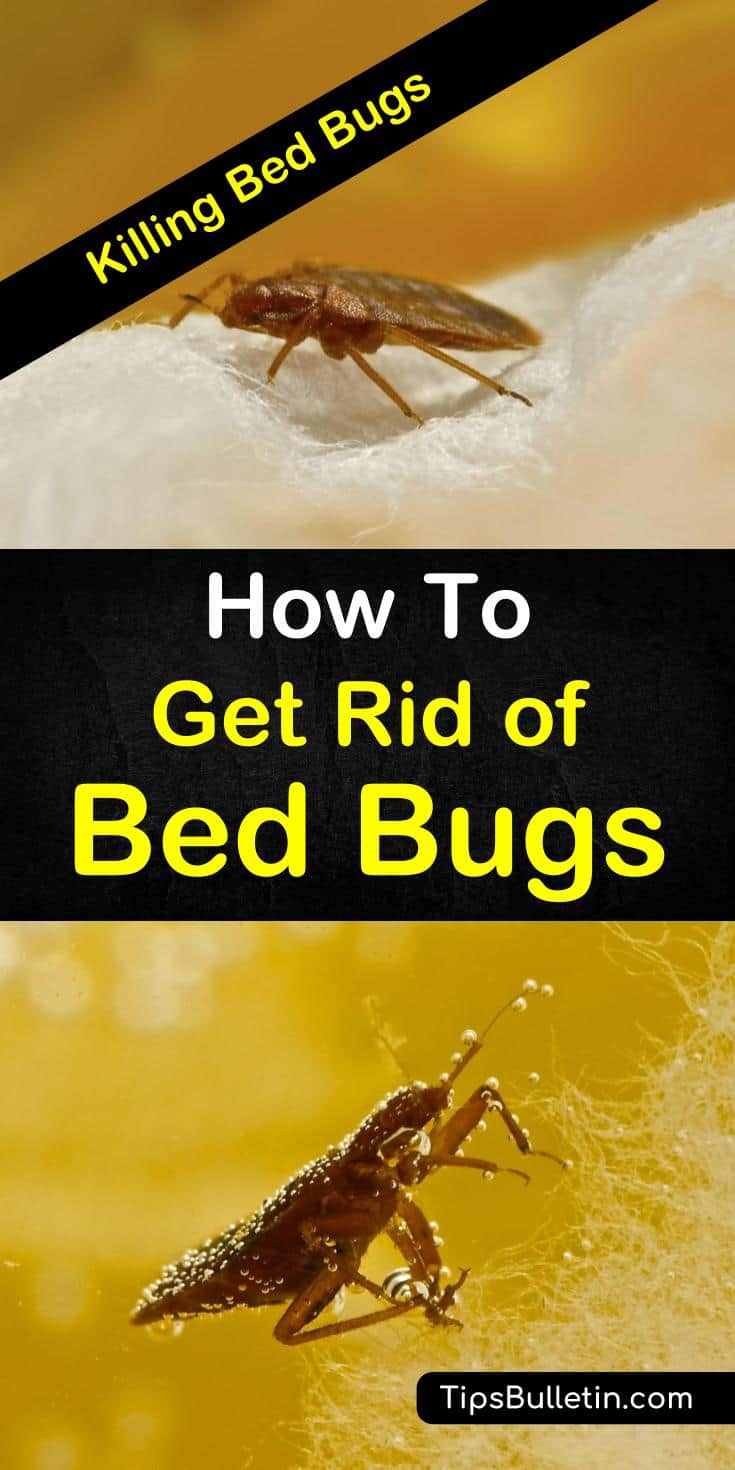
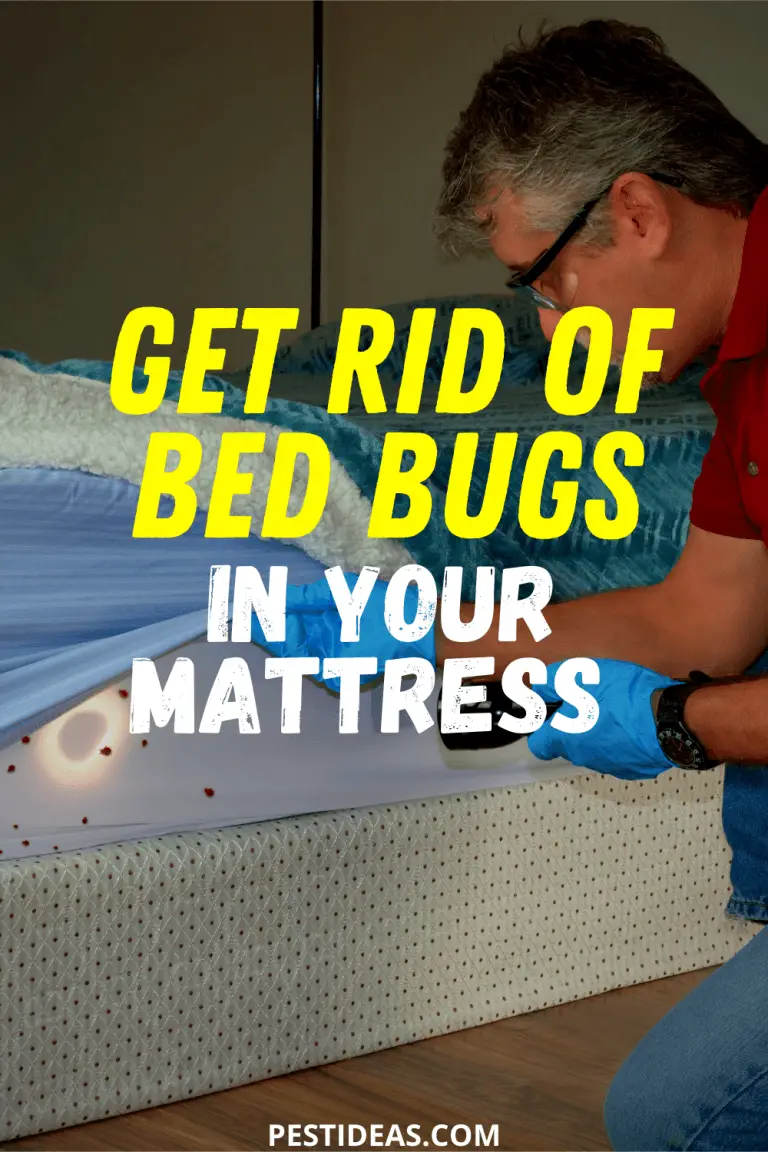

:max_bytes(150000):strip_icc()/bed-bug-bites-overview-2633482_v2-f8bfc57491af4e7a93307ec27a0d9652.png)
